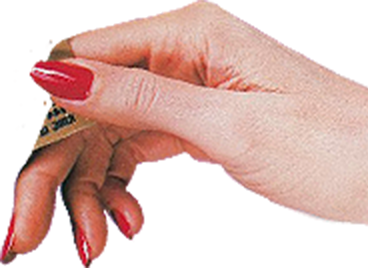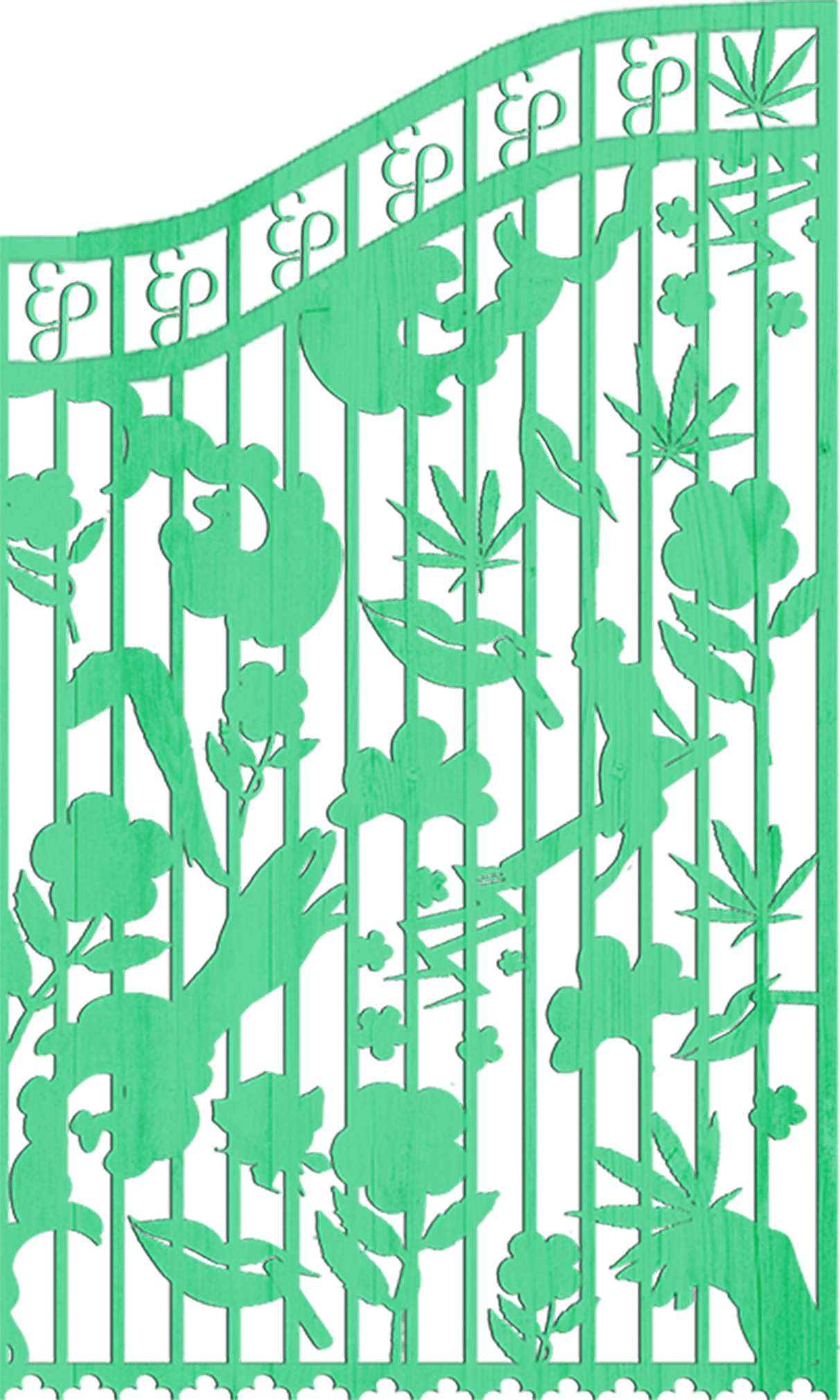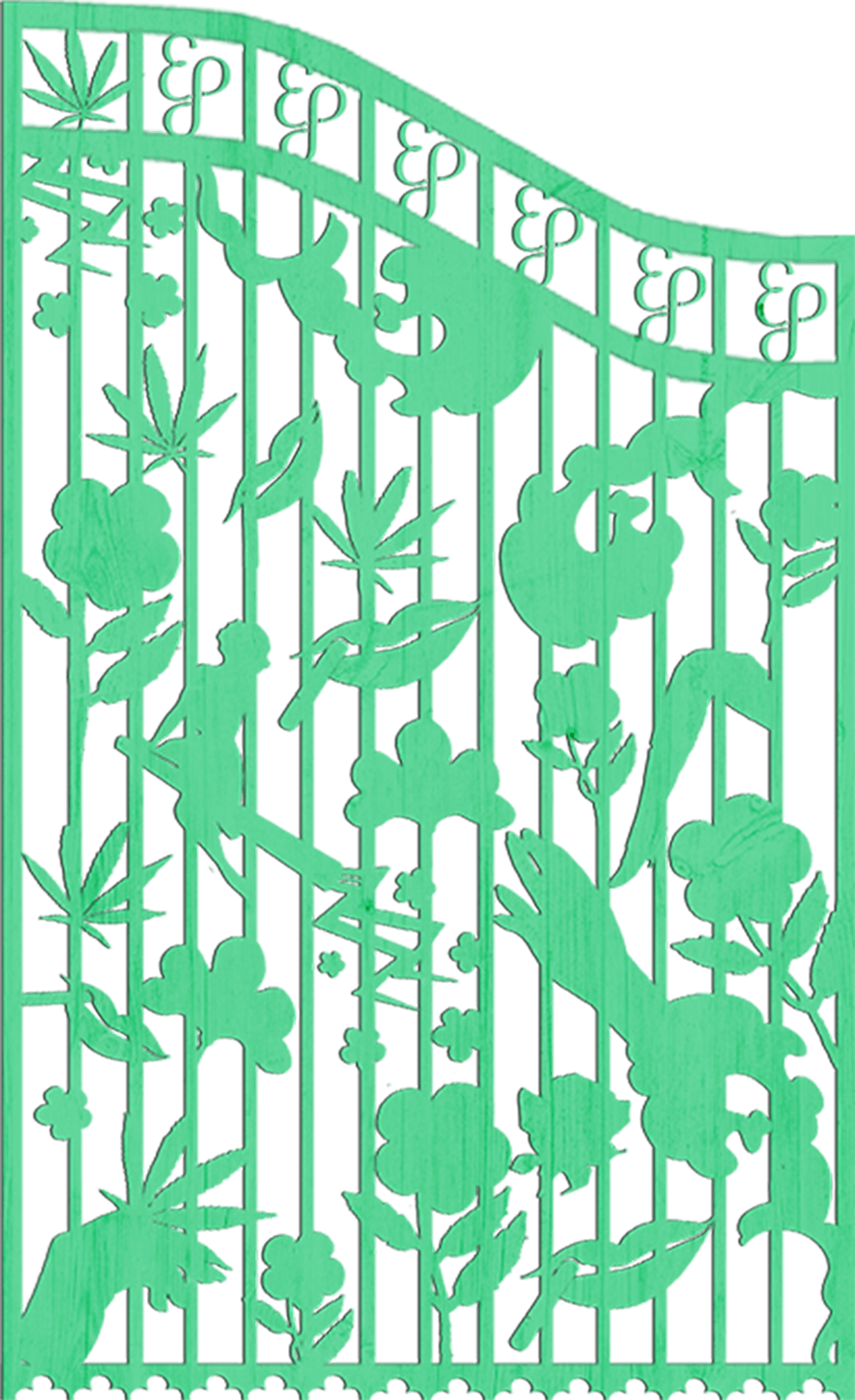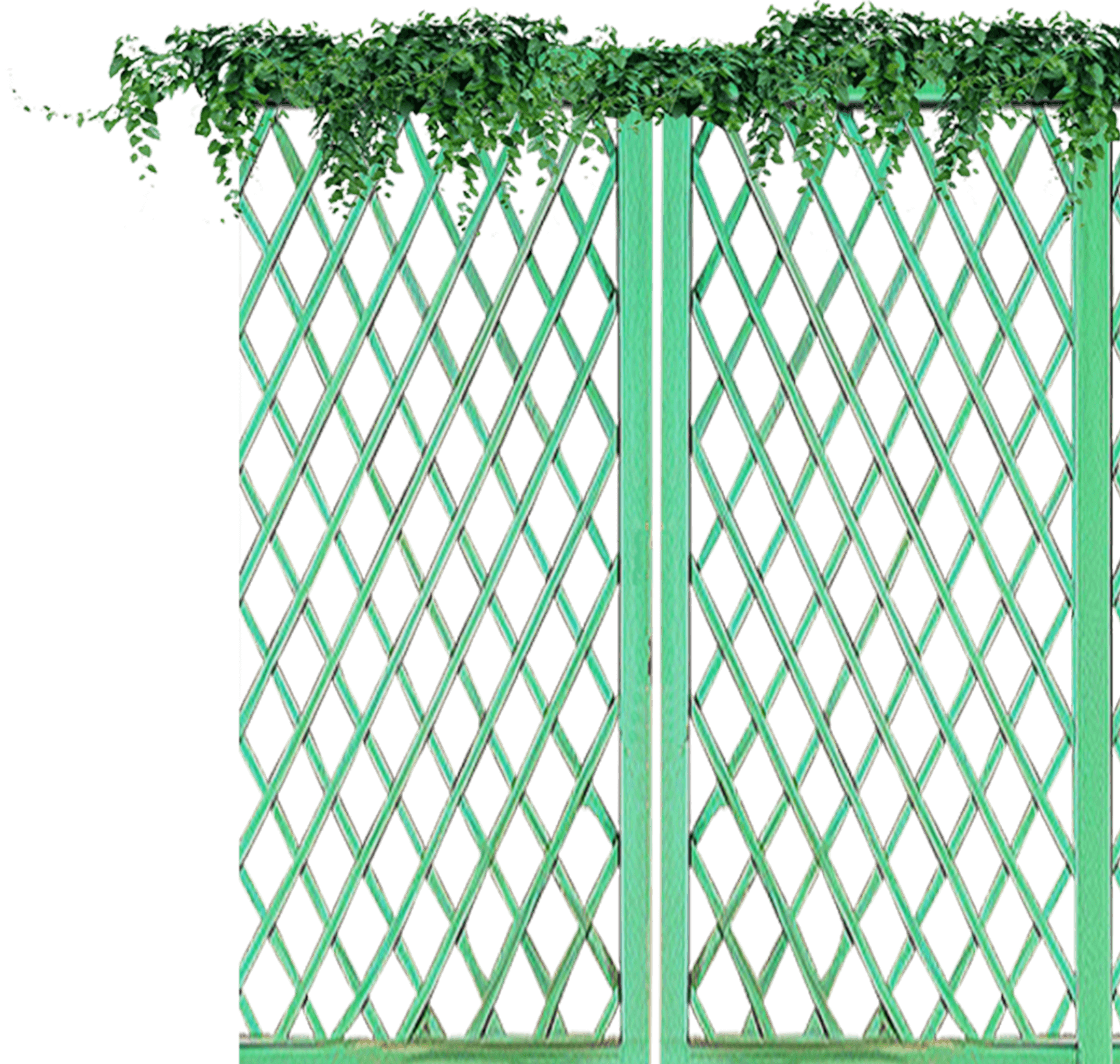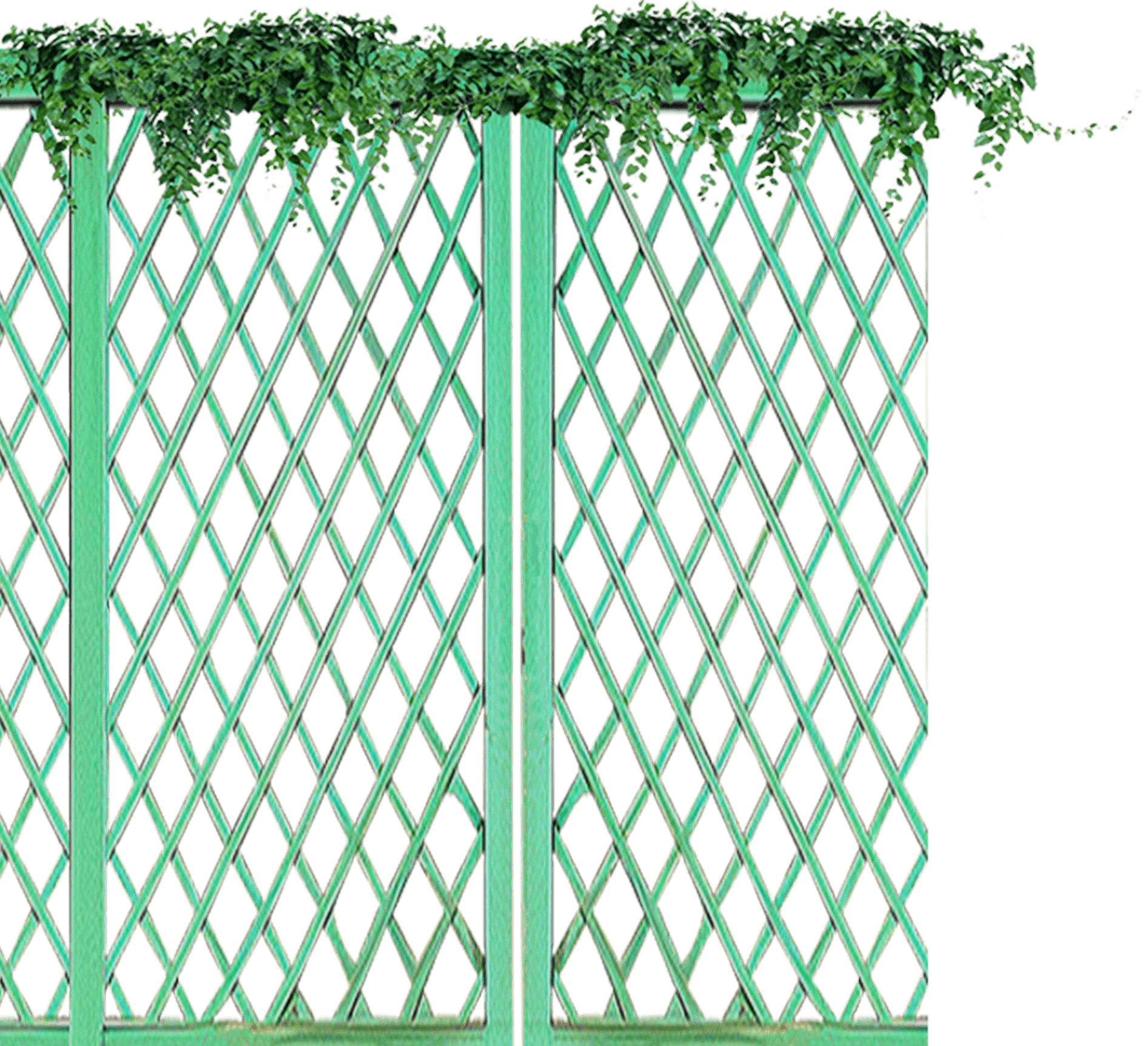SUMMER LIMITED EDITION VAPES NOW AVAILABLE
How to Choose the Best Cushion Filling System for Your Business Needs
In today’s competitive market, selecting the right Cushion Filling System for your business needs is crucial for ensuring product quality and customer satisfaction. Whether you are in the packaging, furniture, or shipping industries, the choice of filling materials can significantly affect not only the protection provided to your products but also your operational efficiency and cost-effectiveness. With various options available, each offering unique benefits and functionalities, businesses must carefully evaluate their specific requirements to make an informed decision. This blog aims to guide you through the essential factors to consider when choosing a Cushion Filling System, ensuring that you find the perfect match that enhances your packaging processes, meets safety standards, and aligns with your budgetary constraints. Understanding these elements will empower you to optimize your workflow and improve your overall product presentation, setting you apart from the competition.
Understanding Different Types of Cushion Fillings Available in the Market
When selecting the best cushion filling system for your business, it's essential to understand the various types of fill materials available on the market. Common options include down, memory foam, and microfiber, each offering distinct advantages tailored to different needs. Down fills are renowned for their luxurious feel, providing softness and insulation. This option is often favored in high-end pillows, delivering a plush experience akin to a luxury hotel stay. In fact, industry reports suggest that goose down pillows are particularly popular for their superior softness and adaptability, ensuring comfort across various sleeping positions.
On the other hand, memory foam has gained traction due to its ability to conform to the body's shape, offering excellent support for those with specific needs, such as neck pain. Studies show that memory foam pillows can help maintain spinal alignment, making them ideal for side sleepers or anyone receiving treatment for neck issues. Additionally, microfiber fills serve as a cost-effective alternative, providing a similar softness without the luxury price tag.
Understanding these diverse options will aid you in making informed decisions that cater to the preferences of your client base while enhancing product offerings.
Evaluating the Pros and Cons of Each Cushion Filling Type
When selecting the best cushion filling system for your business, it's crucial to evaluate the various types of cushion filling available, each with its own set of advantages and disadvantages. For instance, polyurethane foam is a popular choice due to its versatility and comfort. It can be molded into various shapes and densities, making it suitable for a range of applications. However, it also has a shorter lifespan and may not resist wear and tear as effectively as other materials.
On the other hand, polyester fiberfill is another common option that offers great loft and softness. It's often more affordable and easy to maintain, making it attractive for businesses looking to reduce costs. The downside, however, is that it may compress over time, losing its bounce and support. Additionally, memory foam, known for its exceptional support and pressure-relief properties, can be a more premium option that provides added comfort. Yet, it may require a higher investment and can retain heat, which might not be ideal for all customers.
By carefully weighing these pros and cons, businesses can make an informed choice that best meets their unique needs.
Analyzing Business Requirements: Which Cushion Filling System Is Right for You?
When it comes to selecting the right cushion filling system for your business, understanding your specific requirements is paramount. Start by assessing your production volume and the types of products you are shipping. High-volume operations may benefit from automated systems that can quickly and efficiently produce cushions on demand. Conversely, smaller businesses or those with variable demand might find manual or semi-automated solutions more cost-effective and flexible.
Another critical aspect to analyze is the level of protection your products need during transit. Different cushion filling systems offer varying degrees of impact resistance, so if you’re dealing with fragile items, investing in a high-quality foam or inflatable system may be wise. Additionally, consider the environmental impact of your chosen materials. Many businesses are now prioritizing sustainable practices, making eco-friendly filled cushions not only a viable option but a potentially marketable one as well. By carefully weighing these factors, you can ensure that your cushion filling system aligns with your operational goals and enhances your overall efficiency.
Budget Considerations: Cost-Effective Solutions for Cushion Filling Needs
When selecting a cushion filling system for your business, budget considerations are paramount. In 2023, cost management in this sector has reached a staggering $5.25 billion, driven by the increasing demand for real-time cloud cost tracking, automated cost allocation, and AI-driven optimization. Businesses are now more aware of their expenditure and are seeking solutions that offer long-term savings without compromising quality.
To optimize resources effectively, it's crucial to assess not just the initial costs of acquisition, but also ongoing maintenance and operational expenses. This approach enables businesses to allocate their budgets more strategically. Prioritizing an adaptable cushion filling system that integrates seamlessly with existing processes can reduce costs associated with training and implementation.
Additionally, performance management should involve regularly evaluating the efficiency of the filling system in use. Consider using data analytics to identify bottlenecks or areas for improvement, which can lead to enhanced productivity and reduced waste. Compliance management also plays a significant role; ensure that any system chosen adheres to industry standards to avoid costly penalties down the line. By taking these factors into account, businesses can make informed decisions that truly align with their financial goals.
How to Choose the Best Cushion Filling System for Your Business Needs - Budget Considerations: Cost-Effective Solutions for Cushion Filling Needs
| Filling Type | Material Cost per Unit | Installation Cost | Durability Rating (Years) | Overall Cost |
|---|---|---|---|---|
| Polyurethane Foam | $1.50 | $200 | 5 | $1,200 |
| Air Cushions | $0.80 | $150 | 3 | $870 |
| Gel Inserts | $2.00 | $300 | 7 | $1,700 |
| Memory Foam | $2.50 | $250 | 8 | $1,750 |
Sustainability and Eco-Friendly Options in Cushion Filling Systems
When selecting a cushion filling system for your business, prioritizing sustainability and eco-friendly options can significantly enhance your brand's value and appeal. Many companies are now focusing on materials that not only provide comfort and support but also minimize environmental impact. For instance, natural fibers like organic cotton, wool, and bamboo not only offer excellent cushioning properties but are also biodegradable and renewable. These materials help reduce the carbon footprint associated with conventional synthetic fillers, making them an ideal choice for environmentally-conscious businesses.
Furthermore, innovative advancements have led to the creation of recycled filling materials, such as those derived from post-consumer plastics or industrial waste. These sustainable options not only reduce landfill waste but also demonstrate a company's commitment to eco-friendly practices. When choosing a cushion filling system, consider suppliers who prioritize responsible sourcing and transparent production processes. Investing in sustainable fillings not only aligns your business with growing consumer demand for eco-friendly products but also contributes to a healthier planet, ensuring both your business and the environment thrive together.


